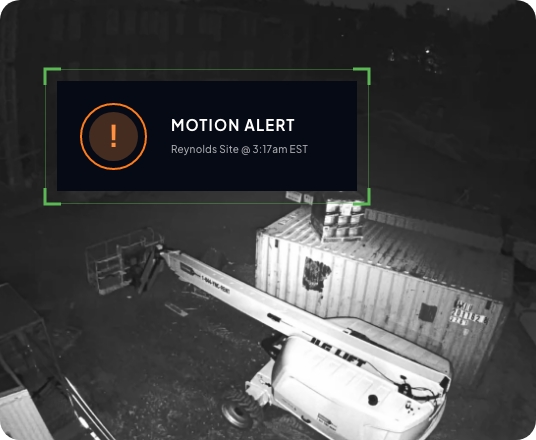The Ultimate Construction Site Safety Checklist for a Secure Jobsite
Your workers are the most valuable asset on any construction site, making safety more crucial than just following the rules. Thousands of life-changing construction-related accidents occur each year, many of which were completely preventable.
With our comprehensive checklist, construction managers and supervisors can implement and maintain safety measures that protect workers, reduce risk, and follow regulatory compliance. Bookmark this page and tailor this ultimate checklist to meet your specific jobsite requirements!
Preparing for Safety Before Work Begins
Establishing a strong foundation for safety is the first step prior to breaking ground or starting any construction activity. These preparatory measures set the tone for your entire project and lay the framework for ongoing safety practices.
- Conduct site-specific risk assessments (evaluate risks and vulnerabilities)
- Create and document site-specific safety plans
- Define and distribute safety roles and responsibilities
- Verify and document all worker certifications and licenses (first aid, equipment handling)
- Install emergency equipment (first aid stations, fire extinguishers, emergency exits)
- Post clear safety signage, hazard warnings, and evacuation routes
- Display emergency contact information and site rules
- Schedule and complete safety orientation sessions
- Install construction cameras for pre-project site monitoring
- Document baseline site conditions with photos and videos
- Conduct pre-operation safety inspections
Daily Safety Practices on the Jobsite
Maintaining safety requires constant effort and consistent daily practices. Safety routines identify potential hazards before becoming incidents while ensuring workers follow established safety practices and procedures.
- Complete start-of-day equipment and machinery safety inspections
- Provide or verify all workers are wearing appropriate PPE
- Check wearable safety devices for proper function and fit
- Update safety compliance
- Verify site access points for proper control and monitoring
- Conduct morning toolbox talks
- Inspect and clear walkways of hazards
- Organize and secure material storage areas
- Document daily safety observations
- Review and update hazard communication boards
Maintaining Security After Hours
Construction sites are vulnerable even after workers leave for the day. After-hours security measures protect valuable equipment and prevent unauthorized access. A secure site is a safe safe for both workers and visitors.
- Activate night vision security cameras and motion detectors
- Secure and lock up all high-value equipment and material
- Enable GPS tracking systems, immobilizers, and lockboxes for machinery and tools
- Check perimeter fencing and gate security
- Confirm security personnel assignments
- Test emergency response protocols
- Document end-of-day site conditions
- Review security monitoring schedules
- Update after-hours contact lists (if applicable)

Take the First Step Toward a Safer Jobsite
Creating a safe construction site is more than just following regulations. It’s about fostering a culture of safety that protects your team and ensures on-time project success. These checklists are a foundation for developing comprehensive safety protocols that become more than a habit! Remember, every dollar invested in safety yields returns through reduced incidents, improved productivity, and stronger team morale.
Safety and security are combined efforts by boots-on-the-ground humans and advanced technological solutions. TrueLook’s advanced monitoring solutions help you implement these safety measures through real-time remote site feeds to documentation capabilities. Our tools integrate seamlessly with your custom safety protocols.
Ready to enhance your jobsite safety? Contact us today to set up a live demo for a hands-on experience with TrueLook’s advanced solutions!
